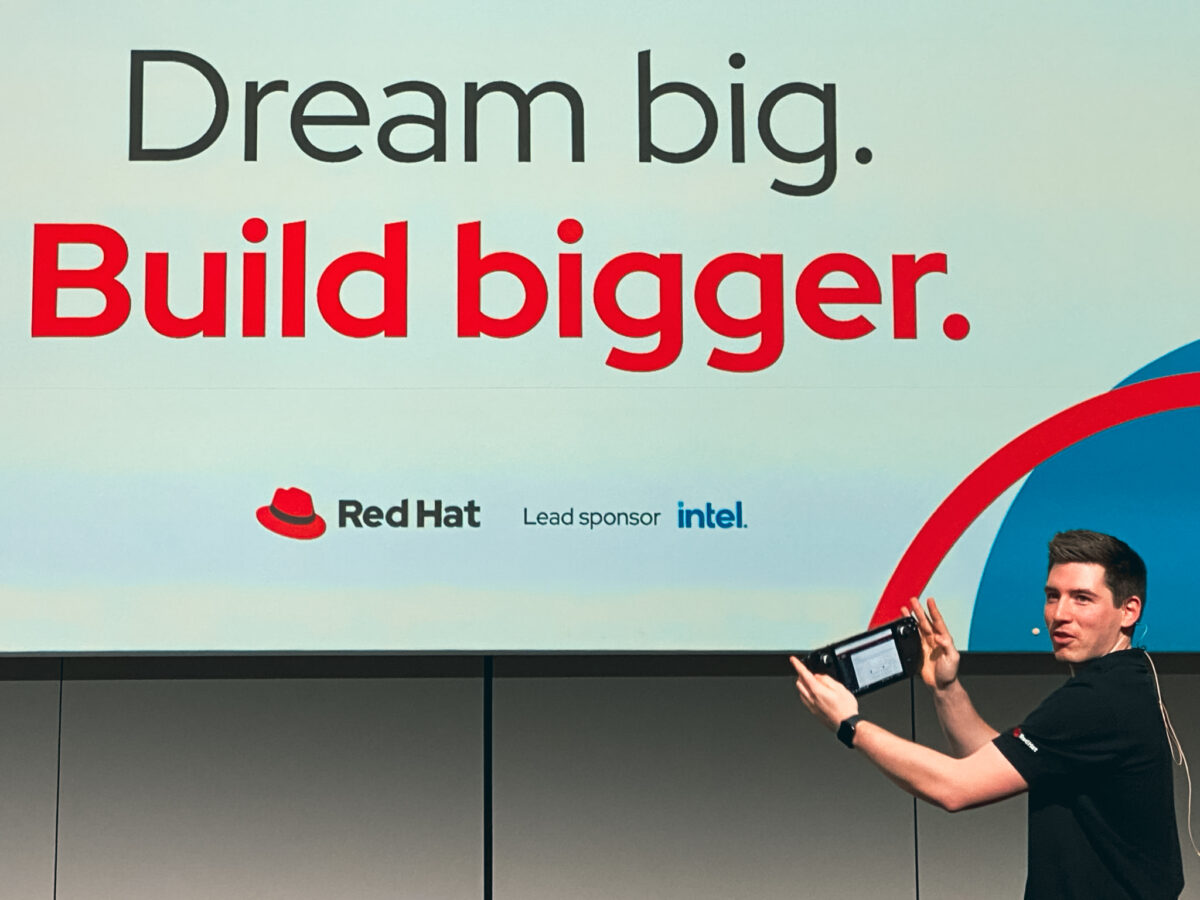Deploying and managing robust, scalable web services is essential in today’s cloud-driven environments. Red Hat Enterprise Linux (RHEL) Image Mode provides an innovative approach, combining the simplicity and agility of container-based deployments with the robustness and reliability of traditional virtual machine instances on AWS. In this blog post, we will guide you through leveraging RHEL […]










